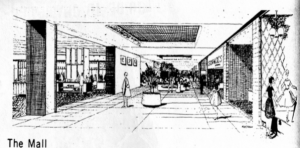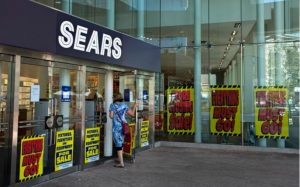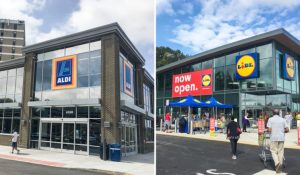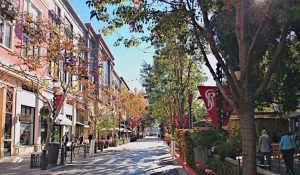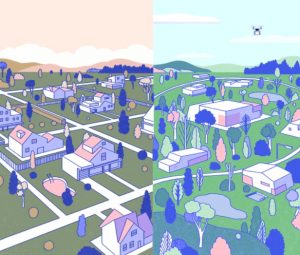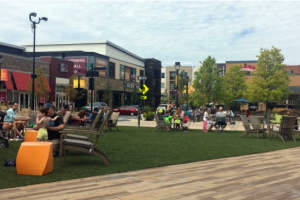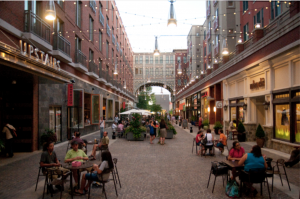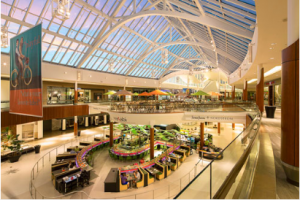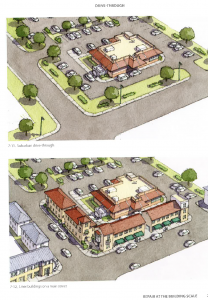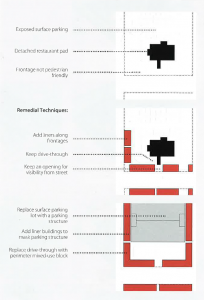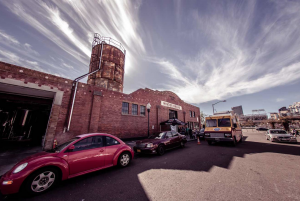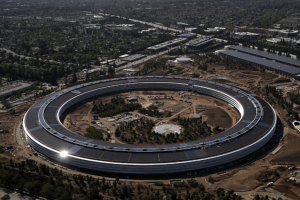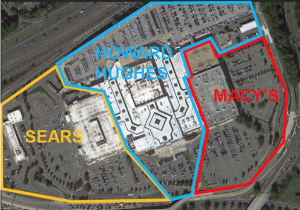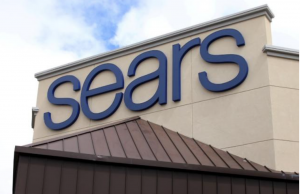Josh Sanburn offers an historic perspective on American malls, and a glimpse into the future for malls and communities willing to invest in sprawl repair and place-making. Learn more about Sprawl Repair Manual by Galina Tachieva.
Local jobs are a major casualty of what analysts are calling, with only a hint of hyperbole, the retail apocalypse. By 2022, analysts estimate that 1 out of every 4 malls in the U.S. could be out of business, victims of changing tastes, a widening wealth gap and the embrace of online shopping for everything from socks to swing sets.
Local jobs are a major casualty of what analysts are calling, with only a hint of hyperbole, the retail apocalypse.
In the 61 years since the first enclosed one opened in suburban Minneapolis, the shopping mall has been where a huge swath of middle-class America went for far more than shopping. But for better or worse, the mall has been America’s public square for the last 60 years.
Some of the great mall die-off is what economists refer to as a market correction. “We are over-retailed,” says Ronald Friedman, a partner at Marcum LLP, which researches consumer trends. There is an estimated 26 sq. ft. of retail for every person in the U.S., compared with about 2.5 sq. ft. per capita in Europe. Roughly 60% of Macy’s stores slated to close are within 10 miles of another Macy’s.
Some ailing malls have already moved on to a second life. Austin Community College in Texas purchased Highland Mall in 2012 and converted part of it into a tech-driven learning lab and library. In Nashville, Vanderbilt University Medical Center moved into the second floor of the 100 Oaks Mall a few miles from downtown. The Southland Christian Church in Lexington, Ky., bought their nearby mall and transformed part of it into an auditorium.
It also turns out that not everyone wants to spend their leisure time inside. Many of the new, millennial-focused malls are indoor/outdoor complexes designed as one cog of a suburban town center that includes apartments and office space … a magnet for millennials who are leaving downtowns for the suburbs but still want to live in a dense, walkable community.
There are still about 1,100 malls in the U.S. today, but a quarter of them are at risk of closing over the next five years, according to estimates from Credit Suisse.
